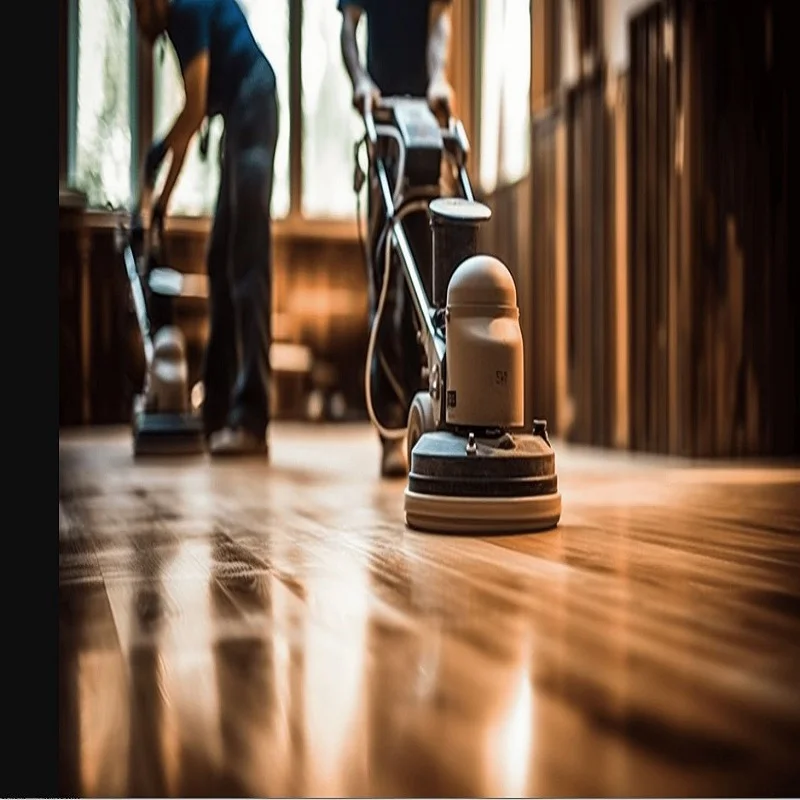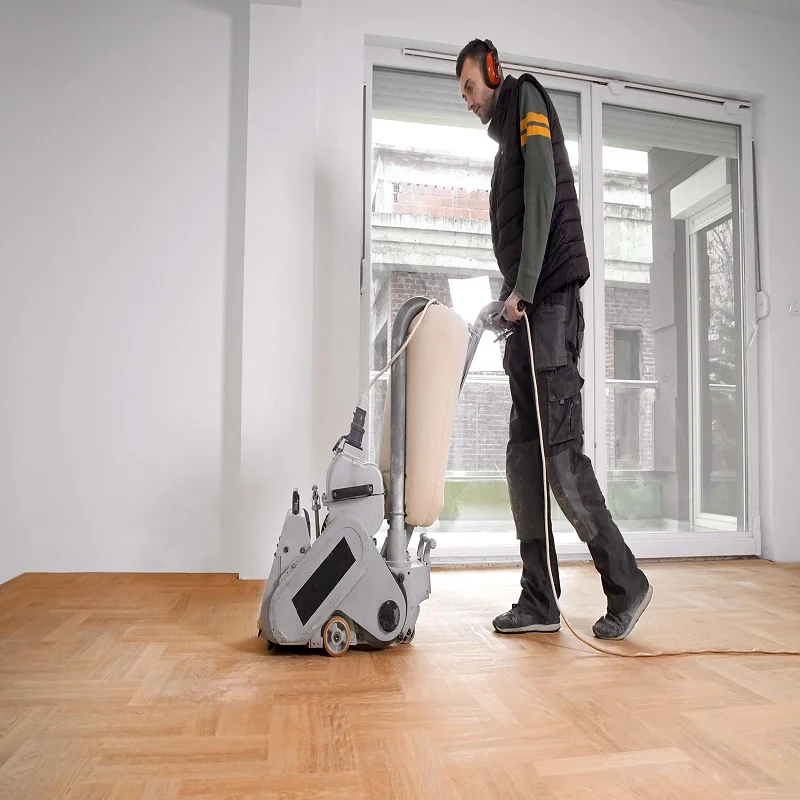Revitalize Your Space with Expert Floor Sanding Excellence
Discover the transformative power of professional floor sanding – a key to unlocking the true potential of your living or working space. Our expert floor sanding services go beyond mere aesthetics; they breathe new life into your floors, enhancing both their beauty and durability. Say goodbye to worn-out, scratched surfaces and welcome a renewed sense of elegance. Our skilled team employs state-of-the-art techniques to revitalize your floors, bringing out the natural beauty of the wood while ensuring longevity. From hardwood to parquet, we specialize in understanding the unique characteristics of each flooring type, delivering tailored solutions for a flawless finish. Benefits include not only the immediate visual impact of beautifully sanded floors but also the long-term investment in the health and resilience of your flooring. Professional floor sanding smoothens imperfections, eliminates scratches, and creates a pristine canvas for refinishing or staining. Experience a remarkable transformation that not only elevates the aesthetics of your space but also adds value to your property. Trust us to uncover the hidden potential beneath the surface, turning your floors into a stunning focal point that reflects the pride you take in your home or business.
Unlock Timeless Beauty and Durability: The Transformative Power of Professional Floor Sanding
Professional floor sanding is not merely a cosmetic enhancement; it is a transformative process that significantly contributes to the longevity of your floors. Over time, floors can accumulate scratches, dents, and wear, diminishing their original luster. However, with the precision and expertise of professional floor sanding, these imperfections are not only erased but also prevent further deterioration.
The process involves carefully stripping away the worn-out surface layer, exposing a fresh, untouched surface. This not only rejuvenates the aesthetic appeal of the floor but also addresses underlying structural issues that might have developed over the years. By eliminating uneven surfaces and addressing minor damages, professional sanding ensures that the floor is structurally sound, contributing to its overall durability.
Moreover, professional sanding prepares the surface for protective finishes like sealants and coatings. These finishes act as a shield, safeguarding the wood against future damage from foot traffic, furniture, and environmental factors. With enhanced durability and a revitalized appearance, professionally sanded floors stand the test of time, becoming a long-lasting investment that retains its beauty and integrity for years to come. Trust in the expertise of professionals to unlock the full potential of your floors and enjoy the lasting benefits of a beautifully sanded surface.
GET UPTO 30% DISCOUNT
Revitalize Your Space: Explore Our Masterpiece Gallery of Stunning Floor Sanding Transformations
Transform your floors into works of art with our expert floor sanding services. Step into a world of elegance and beauty as we present a captivating gallery of high-resolution images that capture the magic of our completed floor sanding projects.
Our gallery is a testament to the skill and craftsmanship of our dedicated team. Witness the remarkable before-and-after transformations that showcase worn-out, dull floors turning into sleek, polished masterpieces. Each image tells a unique story of restoration, highlighting the intricate details and quality finish our professionals bring to every project.
From hardwood floor refinishing to parquet floor restoration, our gallery features a diverse range of flooring types and styles. We take pride in our commitment to excellence, ensuring that each floor not only regains its original luster but also boasts enhanced durability.
Whether you’re a homeowner looking to revamp your living space or a business owner aiming to create an inviting ambiance, our gallery is an inspiring journey through the transformative power of professional floor sanding. Explore the possibilities, imagine the potential, and let us bring your floors to life!

Why Choose Us?
- Expertise and Experience: Benefit from the expertise of our skilled professionals with years of experience in floor sanding. Our team is equipped with the knowledge and techniques to handle various types of flooring materials, ensuring a flawless finish every time.
- State-of-the-Art Equipment: We invest in cutting-edge technology and use advanced sanding equipment to deliver superior results. Our state-of-the-art tools enable us to work efficiently and achieve a smooth, even surface without compromising on the integrity of your floors.
- Personalized Solutions: We understand that each floor is unique. That’s why we offer personalized solutions tailored to your specific needs. Whether it’s hardwood, parquet, or any other flooring type, our team customizes the sanding process to enhance the natural beauty of your floors.
- Quality Assurance: Your satisfaction is our priority. We adhere to the highest standards of quality in every aspect of our service. From the selection of materials to the finishing touches, we ensure that your floors not only look stunning but also stand the test of time.
- Timely Project Completion: We understand the importance of timely project completion. Our team works efficiently to minimize disruption to your space while delivering outstanding results within the agreed-upon timeframe.
- Customer Satisfaction Guarantee: Your satisfaction is our success. We back our services with a customer satisfaction guarantee. If you’re not completely happy with the results, we’ll work with you until you are.
FAQ
A1: Floor sanding is a process that involves the removal of the top layer of a floor’s surface to reveal a smoother and refreshed appearance. It is commonly done to restore the beauty of wooden floors and enhance their longevity.
A2: The frequency of floor sanding depends on factors such as foot traffic, wear and tear, and the type of finish applied. Generally, it’s recommended every 7-10 years for residential spaces and more frequently for high-traffic areas.
A3: The floor sanding process typically includes inspection, preparation, sanding, staining (if desired), and finishing. Each step is carefully executed to achieve a smooth and polished result.
A4: Clear the area of furniture and ensure the floor is clean. Remove any nails or protruding objects. It’s advisable to cover nearby furniture and seal off adjacent rooms to minimize dust.
A5: The cost of floor sanding varies based on factors like the size of the area, the type of wood, and the extent of repair needed. We provide personalized quotes after assessing your specific requirements.
A6: The duration depends on the size and condition of the floor. On average, a standard-sized room may take 1-2 days. We’ll provide a more accurate timeframe during the initial consultation.
A7: Regular maintenance involves sweeping or vacuuming to remove dust and dirt. Avoid water exposure and use furniture pads to prevent scratches. Periodic resealing or refinishing may be necessary.
A8: It’s recommended to wait at least 24 hours before walking on the floors. Complete curing might take a few days. We’ll provide specific guidelines based on the finish used.
Area We Serve
Dubai Areas
Emirates Hills, Jumeirah Golf Estate, Dubai Marina, Palm Jumeirah, Jumeirah Umm Suqeim, Trade Centre area, Downtown, Al Safa, Mirdif, Arabian Ranches, Jumeirah Lakes Towers, Jumeirah Beach Residence, Business Bay, Al Barsha, Dubai Sports City, Al Garhoud Lakes, Springs Meadows, Motor City, Jumeirah Village, The Greens, The Gardens, The Green Community, Jumeirah Village circle, Jumeirah Village triangle, Dubai investment Park, Jumeirah Park, Al Furjan,
Dubai Hills & Mohammed bin Rashid City
Abu Dhabi Areas
Yas Island, The Corniche Area, Saadiyat Island, Al Reem Island, Al Maryah Island, Tourist Club Area, Khalifa City, Al Khalidiyah, Al Reem Island, Khalifa City, Mohammed Bin Zayed City, Al Reef, Al Raha, Al Mushrif Al Karamah
Emirates
Dubai, Abu Dhabi, Sharjah, Umm al-Qaiwain, Fujairah, Ajman and Ra’s al-Khaimah



